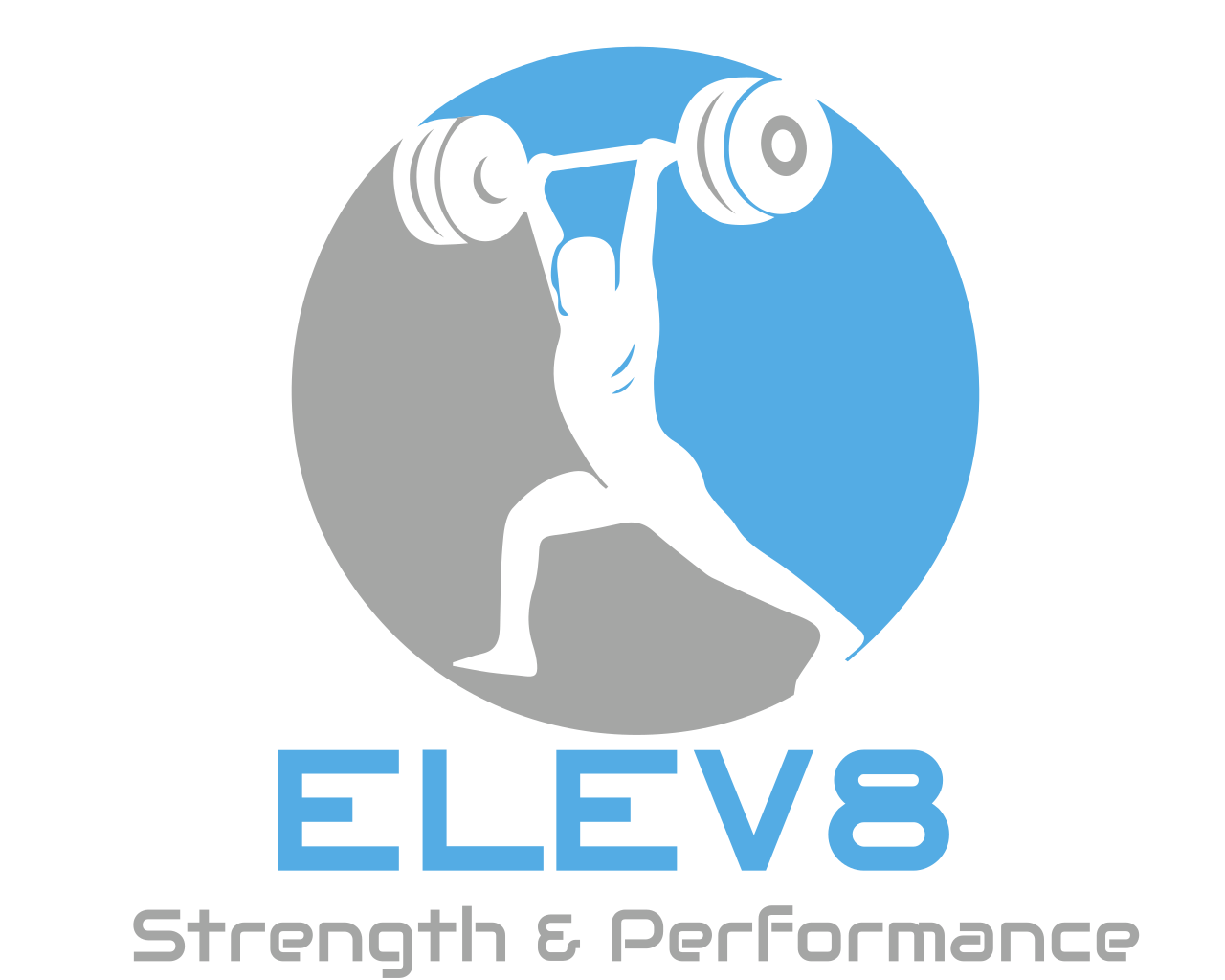Broad jumps - secret to athletic success?
Let’s talk about broad jumps. They’re often included in combine testing and athlete evaluation, however they are also just as often overlooked when designing a training program for an athlete.
Broad Jumps = athleticism
In my experience, broad jumps are a fantastic indicator of athleticism, and particularly, sprint ability. While it does not replace sprint training entirely, the two complement each other well.
When you think about it, the two are similar, as sprinting requires powerful hip extension, in order to drive your foot into the ground and move your body forward.
A broad jump tests an athlete’s ability to powerfully and quickly extend their hips, and while we can’t say for sure whether increasing broad jump increases sprint performance or the other way around, i.e. becoming faster makes you a better broad jumper, anecdotally my athletes have gotten faster even in phases where we didn’t directly train sprint mechanics but we did broad jumps.
This study looks at female soccer players and has one group complete an 8 week plyometric training program including horizontal jumps, skipping, cone drills and vertical jumping, and found a significant increase in their Triple hop distance, countermovement jump, standing broad jump, and 20-m sprint test compared to the control group. The control group practiced with the same schedule as the plyometric group, but did not perform the plyometric training.
Looking even further, we can see a correlation in one of the most talked about athletic performance testing events, at least here in America, the NFL combine.
For skill position players, of those that performed both tests, the top 20, 40 yard dash times averaged 4.39 seconds, and the average broad jump of that group was 124.8 inches, with only two of those top 20 in the 40 jumping less than 120 inches.
When you get below 120 inches in the broad jump, you see a decrease in the average 40 time. For the same set of skill position players, those that jumped below 120 inches in the broad jump averaged 4.58 seconds in the 40. That is a significant difference!
As if that wasn’t enough to get you training hip extension (you should be anyway if you’re following a good training program), it carries over to more than sagittal plane activity. This great article from Eric Cressey’s website by Jeff Albert highlights an EMG study that found the greatest muscle activity occured in the posterior chain when performing rotational movements (think batting or swinging a golf club). Strong hip extension movements = stronger golf swing or baseball swing. Who doesn’t want to hit harder and farther?
So, how do we go about building a better broad jump?
Strengthen the posterior chain
Exercises that develop your glutes, and hamstrings will help build a strong base on which to, quite literally, jump off of. Exercises like deadlifts, hip thrusts, hamstring curls, or bridges all work to strengthen the posterior chain.
Create a stable trunk
The body expresses overall power by transferring force from the upper body to the lower and vice versa. Strengthening your core will create stability for you to transfer force through the arm swing. If energy is leaking out from the upper body, due to a weak core, you’re losing potentially inches on your broad jump and a full expression of hip extension.
Realize your strength gains to speed-strength qualities
I believe this is where most athletes fall short. Having a 3x bodyweight squat is amazing, and I congratulate the work put in to achieve that. However, if you’re grinding out that squat at .2m/s, it won’t translate over well to improved performance on the field where you’re sprinting and jumping at much higher speeds. Things like med ball tosses, jumps themselves, sprint work and speed lifts will help to take your newfound strength gains and help you apply them quickly.
Power = force*velocity. So not only do you have to be strong, you have to be able to use that strength quickly in order to fully utilize that strength.
Wrapping up…
Hopefully this has helped you see that hip extension is one of, if not the most critical, quality for athletes to train if they want to jump higher and run faster.
If you’re looking for a program that takes the guess work out of strength work and provides you the most effective, efficient, and science-based training tailored exactly to your goals, check out our remote coaching options and get to jumping!


